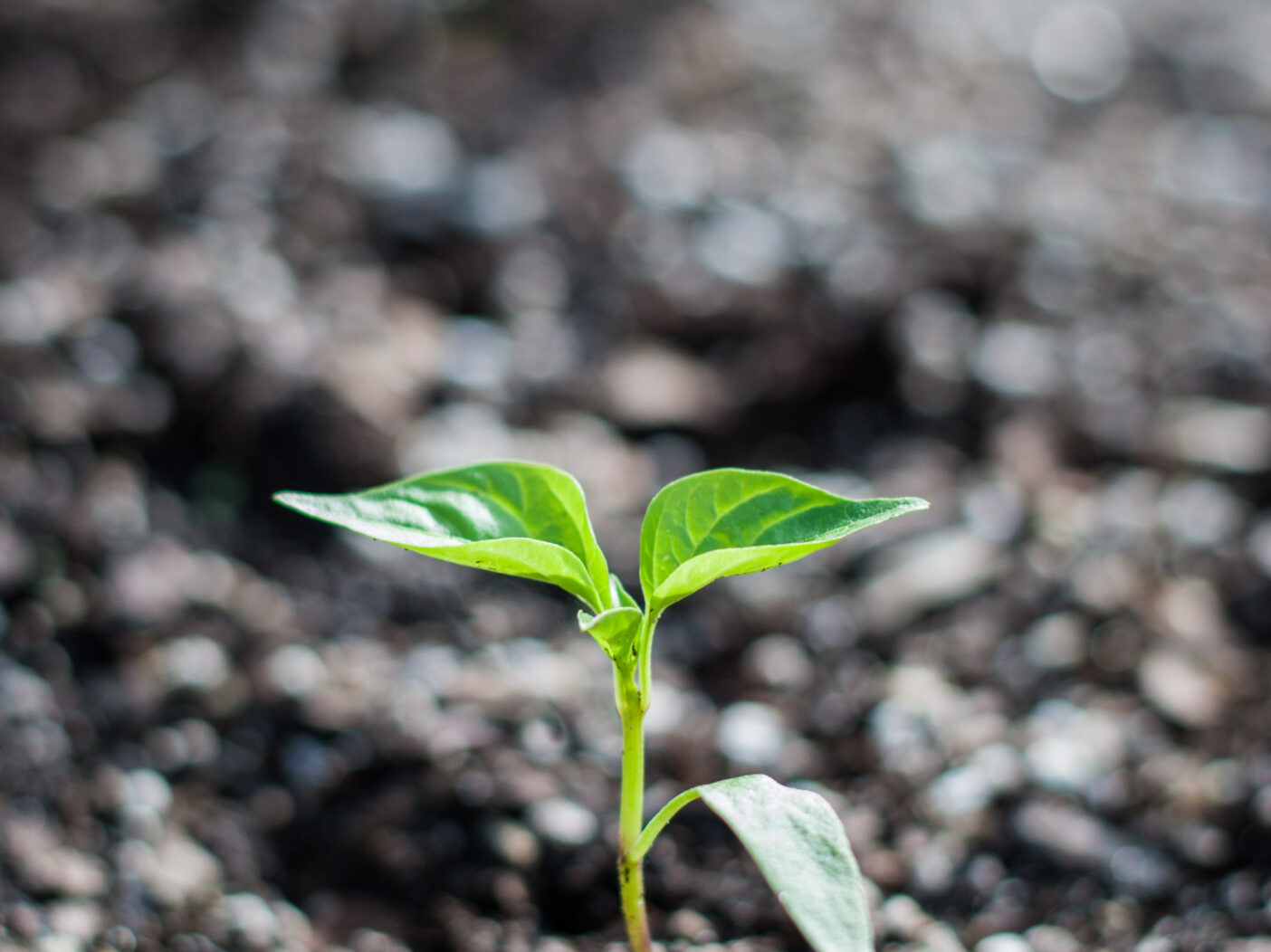
Of all the things I’ve read in my effort to learn about this botanical world I’ve landed in, the sentence that strikes me most deeply is this: “Without plants, there is no life.”
That’s the first line of the Global Strategy for Plant Conservation (GSPC), a document that drives a multinational effort to conserve species — and, yes, protect the lives of all of us on Earth.
I love the simplicity of that statement. Six words conveying irrefutable fact, inescapable truth, somber warning — and a special charge for botanical gardens. Those organizations, you see, have taken the lead on plant protection, shielding plants in their natural habitats, banking their seeds to safeguard their genetic material, and sharing plants so that species endure even if lost in their homelands.
Last week, we at the Garden got an up-close look at and chance to participate in crafting plant conservation goals for the next decade. We hosted the Caribbean and Central American Garden Network, a group of conservation organizations that shares research, plant material, and resources in an effort to protect tropical and subtropical plants. The gathering included Peter Wyse Jackson, president of the Missouri Botanical Garden and chair of the Global Partnership for Plant Conservation, the association behind the GSPC. He shared a newly drafted update to the conservation strategy, gathered input from the Caribbean Network participants, and listened to the group debate how to adapt those targets to this part of the world.

“We need to have a new focus; we need to have a new period where we have a very deliberate and planned approach to conserving the world’s biodiversity,” Jackson said.
The 18 proposed targets range from developing “species recovery plans” for rare and threatened plants to controlling invasive species to implementing policies that facilitate the sharing of information and plants among nations.
A 20-year fight to save plants
The first GSPC was proposed in 1999, implemented in 2002 and updated in 2011. The current targets expire next year. The new ones, covering 2021 – 2030, will go before the United Nations’ Convention on Biological Diversity (CBD) for approval next November. Signatory countries pledge to implement the GSPC in ways that make sense for their nations along with establishing related protections for animals and other life-forms. (A side note: The United States currently is not among the 196 signatories to the CBD, making the work of American botanical gardens and conservation groups even more critical.)
Meanwhile, conservation networks throughout the world will adapt the GSPC targets to reflect regional priorities; the Caribbean delegation will continue that work in March in the Dominican Republic.
“The botanical gardens of the Caribbean are making very considerable and impressive contributions,” Jackson said during a luncheon that included Naples Botanical Garden’s Council of Advisors. “We need to be recognized as one of the great powerhouses for plant conservation, although we should never be complacent about it. We have an awful lot to do.”
That’s for sure. A study released earlier this year in the journal Nature Ecology and Evolution found that the plant extinction rate is 500 times greater now than it was before the Industrial Revolution. The researchers reported a loss of 571 species since 1750 and found that the number of extinct plants is four times higher than what has been documented by the International Union for Conservation of Nature, the world’s leading authority on the status of plant and animal life.
Challenges and collaboration
This business of plant conservation is no small undertaking. Our friends throughout the Caribbean shared challenges ranging from inadequate technology to miniscule budgets to outdated materials to political tensions to the universal struggle of capturing the public’s attention.
“How do you engage the general public in the fact that conservation is important when you have all of this other stuff going on?” wondered Judy duPlooy, founder of the Belize Botanical Garden.
But participants also showed a willingness to work through that challenge — and others — together.

Chad Washburn, our Vice President of Conservation and the network’s facilitator, reflected on how swiftly members have pulled together in times of need.
“That’s a huge strength for us,” he says. “There’s a strength in our network and in our togetherness.”
I’m glad there’s a sense of “togetherness” in this fight because the second line in the Global Strategy for Plant Conservation is this:
“The functioning of our planet, and our survival, depends on plants.”
Need I say more?
 About the Author
About the Author
Jennifer Reed is the Garden’s Editorial Director and a longtime Southwest Florida journalist.

